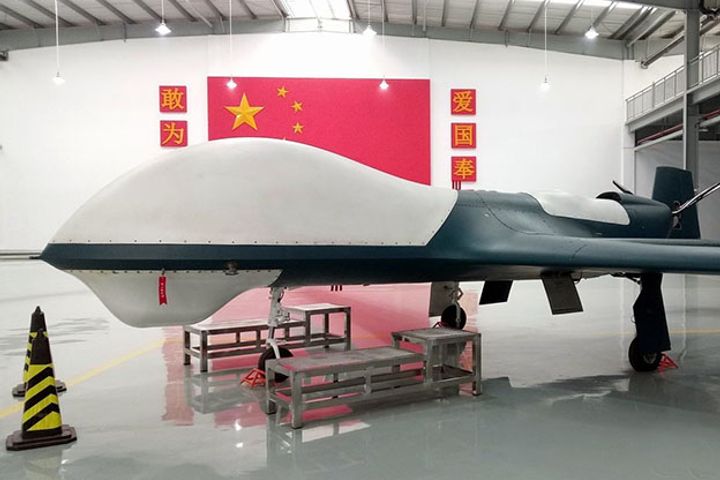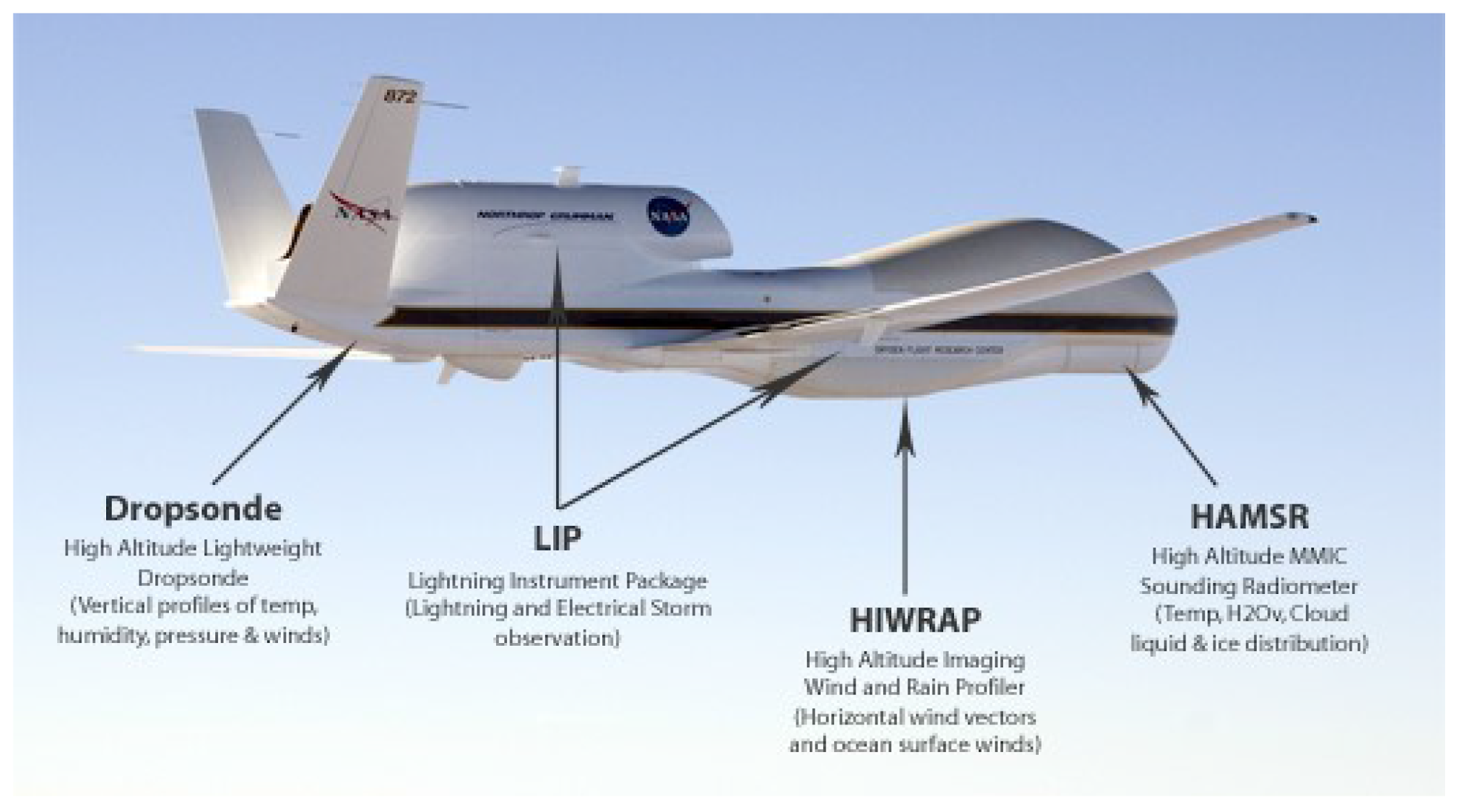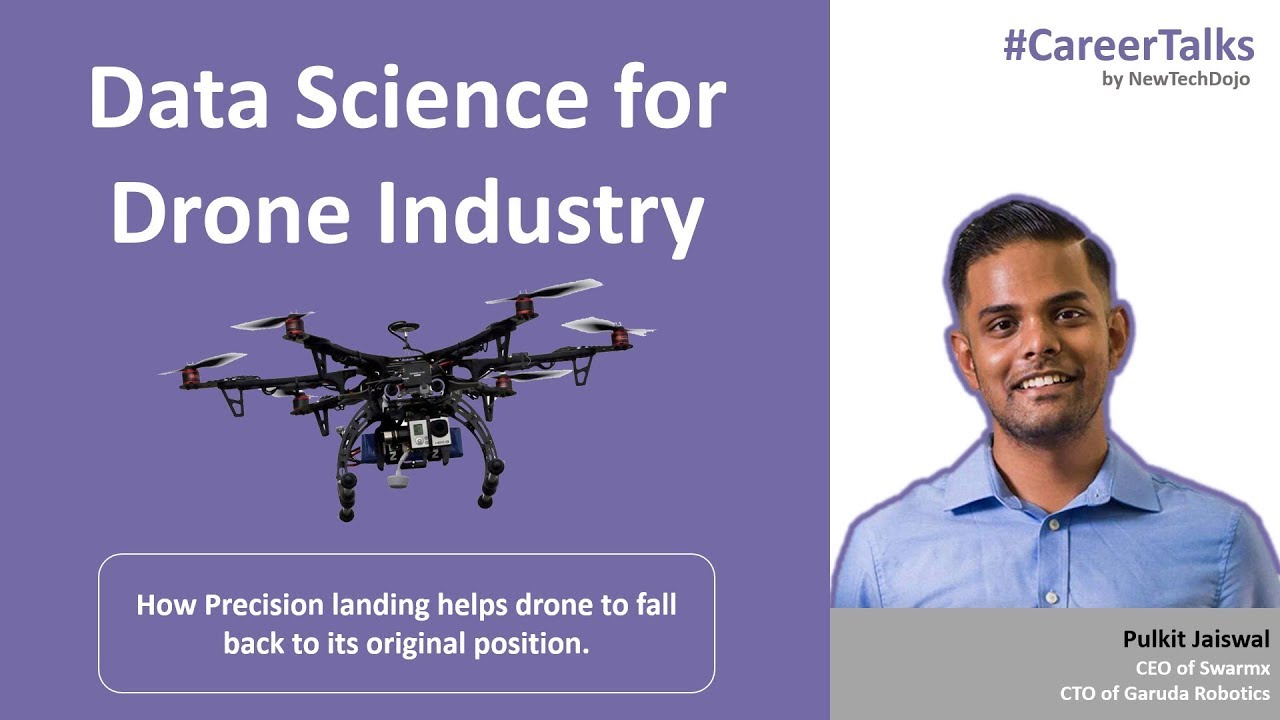
Agricultural drones can be used for crop monitoring and yield optimization. These drones can be used for many purposes in agriculture, including helping to determine weed control and crop growth. These new technologies are described in detail below. You might be surprised to learn how much money they can save! These items could even help you make money. Let's see what happens! These are the advantages and challenges of using drones in agriculture.
Agricultural drones
The promise of agricultural drones is that they can be used to conduct research in agriculture. However, they can be expensive. The pros of professional-grade drones include automated flight options, near-infrared camera and near-infrared sensors. These drones are expensive because they require special software to plan surveys and post-process data. This article will discuss some of the advantages of agricultural drones. This article will also discuss how drone technology can be used in agriculture today.
Applications
A drone can be used for many purposes, including monitoring soil conditions, identifying and tracking weeds, and assessing crop yield. Drones provide precise mapping information to farmers and can also provide information about the soil elevations. This can help in planning irrigation. Drones can also provide crucial information about the soil's level of nitrogen, which can assist farmers in optimizing the use of fertilizers. Drones are able to provide accurate data about crop health and yield which can be very helpful for farmers.

Costs
Costs are a key question when considering drones for agricultural purposes. The drones' costs are lower than the other agricultural tools. These drones also require very little maintenance when compared to other agricultural tools. The cost of a spraying drone will be around $1,500 compared to the $20,000 price tag of a commercial spraying drone. Other parts and spare batteries may be required by drone operators.
Challenges
Farmers rely on a variety of factors to determine crop health and improve yields. Farmers can use a growing information base to make adjustments to changing circumstances and perform with unmatched precision. Although drones have many advantages for farmers they also present a number of challenges. Many countries have yet to finalize their drone regulations. Most countries do lack sufficient personnel to control the use of drones for agriculture. Fortunately, drones are increasingly available and the next few years are likely to be full of exciting new agricultural applications.
Future
Drones are a great tool for agriculture. They can provide more precise pesticide- and fungicide applications. Full-spectrum drones detect soil magnesium, ammonia and can even damage crops. Growers can personalize the technology by attaching sensors to existing drones. Drones can also help in areas that are difficult to reach. Drones can be used to precision farm, which allows growers to reduce the risk of crop failure and maximize yields.

FAQ
Is it possible to fly a drone at high altitudes without a license?
The FAA doesn't limit how high you can fly your drone. They do require that you register your unmanned airplane system (UAS), which includes registration number, model number, weight, size and manufacturer's names, as well as other information.
Are drones allowed at public events?
As long as you comply with the rules, drones can be flown anywhere. You will need to get approval from event organizers if your drone is going to be flying during public events such as a parade, festival or concert.
Where can I buy a drone?
There are many types of drones available online. Some people prefer to buy drones online via Amazon, eBay and Walmart. Some people prefer to buy their drones directly from the manufacturer.
Is it safe and legal to fly a drone when driving?
Driving a drone is dangerous, as it could cause an accident or crash into another vehicle. Also, you could hit pedestrians or animals. Your car could be damaged if it hits power lines or trees.
What is the best drone to buy for beginners?
One of the most popular beginner drones is the DJI Phantom 2 Vision+. This model is equipped with a 4K cam, which allows for high-quality aerial photos as well as videos. You can easily navigate this drone using its built-in GPS system.
Is it legal to fly a drone in the United States?
Yes, it is illegal to fly drones in some countries like Australia, Canada and New Zealand. It is legal in countries such as France, Italy Netherlands, Poland and Russia.
Can I fly my drone indoors?
Yes, you can fly your drone indoors. There are only a few things you need to do: Make sure your home is free of obstacles and hazards. Avoid flying near heating vents, heating vents and air conditioning units.
Statistics
- According to industry research from ZipRecruiter , there are 10 cities where the typical salary for a Drone Pilot job is above the national average. (dronesgator.com)
- Research and Markets predict a growth rate of 51.1% over the next five years. (thedroneu.com)
- With the top 10% making over $100/h and the bottom 10% making as low as $10/h. (dronesgator.com)
External Links
How To
How To Fly Drones For Beginners
A drone is a remotely-controlled aircraft that is used for aerial photography and surveillance. Drones are a technology that has been around since World War II. However, commercial use began in 2010 when DJI released their Phantom series of quadcopters. There have been many types of drones since then, including beginner-friendly drones like the Parrot AR Drone 2.0 and professional-grade multi-rotor crafts like the DJI Mavic Pro.
There are many options for flying a drone.
-
Remote control - This method uses a control device attached to your hand, which enables you to steer the drone through its flight path. There are two main types, On/Off switches (like radios) and joysticks.
-
Manual Control - This method uses a smartphone app to remotely control the drone using GPS coordinates. You must keep track of the location where you want the drone to go and follow the instructions from the app.
-
Autonomous Flight: This means that the drone will take care of all the piloting. It allows the drone to fly independently without any human intervention. The drone must be equipped with a camera and sensors that can capture images and data in order to fly autonomously.
-
Triggered Flight: This is similar in concept to manual control. The pilot manually creates a route and the drone then follows it until it reaches that endpoint. Once the programmed route has been completed, the drone returns to the base automatically.
-
Landing Gear: Some drones have landing gear that allows them safely to land in case they lose power or run low on battery.
-
Goggles - Pilots may wear goggles to shield themselves from flying debris.
-
Camera – Some drones have cameras, which allow you to take photos or videos from up high.
-
Obstacles. Some drones can have obstacle avoidance technology that stops them from hitting obstacles.
-
Speed - Some drones can travel at speeds over 40 mph.
-
Battery Life: Most drones have a battery life of between 20 and 30 minutes depending on how many power sources you use.
-
Distance - Some drones can travel up 30 miles depending on the model.
-
Power source - Not all drones can use an external power source. Others can run on internal batteries.
-
Weight - Some drones are lighter than others, while some models can weigh as much as 4 pounds.
-
Size - Drones can range in size from tiny devices that can fit in your palm to heavy crafts that weigh 50 pounds.
-
Price - High-end drones can go for thousands of dollars, while low-cost models start at $100.